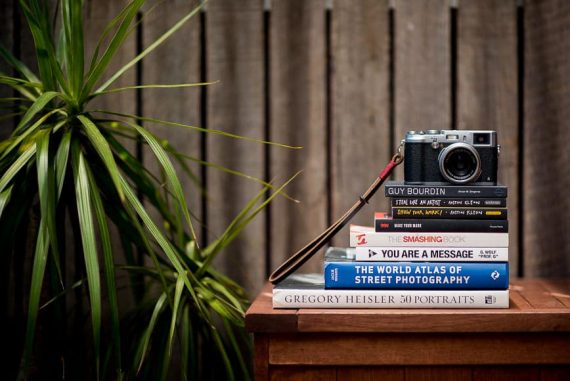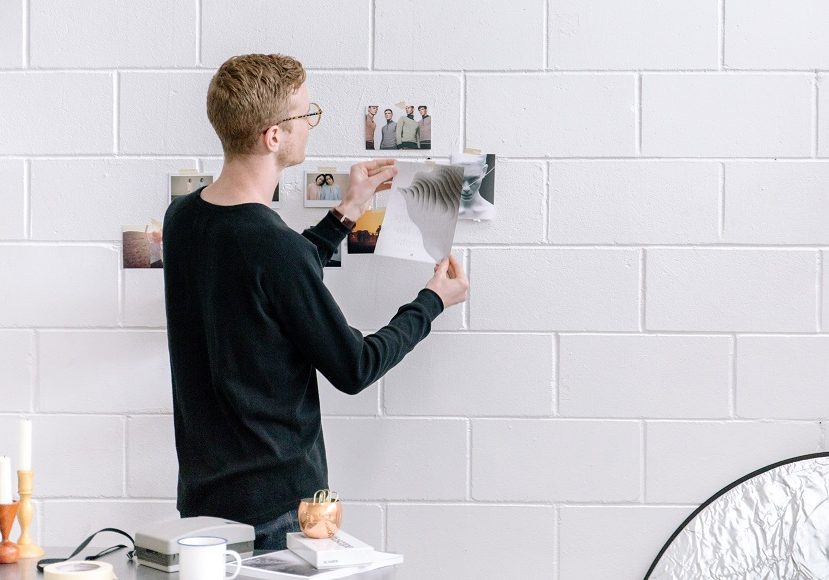
Photo Critique: How to Give & Receive One (+ Examples)
Explore the art of photo critique, mastering the skills to provide insightful feedback and graciously accept constructive criticism for photography growth.
Learn | By Dana Dekis
Learning the art of a photo critique, both how to give & receive one, may feel challenging.
But with a few tips, you can master it in no time and avoid any potential awkwardness.
Let’s get started on how to give and receive an image critique.
Table of Contents
What Is a Photo Critique and Why Is It Important?
In any field, constructive feedback is crucial in skill development.
Bosses need to be well-versed in giving constructive feedback that makes the work better while also making sure the feedback is professional.
And the same goes for the recipient!
This is particularly true when critiquing photos.
Photo critiques analyze and assess all the elements of a photo with the goal of seeing how well they work together to tell a story.
A good critique will take composition, lighting, contrast, shadows, the subject, and so much more into account to see what can be enhanced.
Photo critiques are important because they help both budding and expert photographers become better.
How Do I Give a Good Photo Critique?
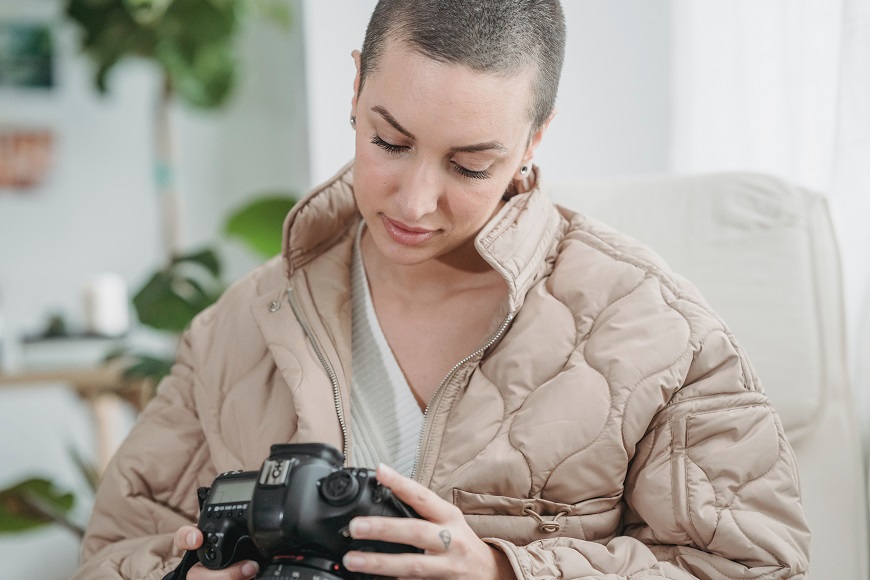
As humans, we critique things all the time.
So while you may think anyone could give a good photo critique, that’s not the case!
Giving a good critique doesn’t just mean asserting your opinion.
It means giving specific, actionable feedback the photographer can implement in the future.
As noted above, it also means looking at elements individually while showing how they all work together to contribute to the whole photo.
A comprehensive critique will place emphasis on both technical and artistic elements.
What Are the Elements of Photo Critique?
There are so many factors that make up a photographic critique.
Let’s discuss some more specific elements related to critiquing photographs.
Start positive

Regardless of how many constructive suggestions you have, you should always start on a positive note.
Before you start diving into what a photographer could do better, make sure to highlight what works because receiving critiques can feel daunting!
In the photo above, you’d applaud the fact that the subject is clear and the background is perfectly blurred to keep the viewer’s eyes on the woman.
Be factual

Remember that art is subjective, so your critique should be worded professionally with an emphasis on factors the photographer can control, such as shutter speed, ISO, aperture, and other technical aspects.
For example, the quick shutter speed used above is effective in freezing the flying swans, helping viewers experience that sense of movement.
If the shutter speed had been slower, the photo would be too blurry.
In cases where you see a sharp photo and blurred background, the shutter speed is fast.
Conversely, if too much of the picture looks blurry, you should tell the photographer to try a quicker speed of 1/1000 or 1/500.
Be detailed
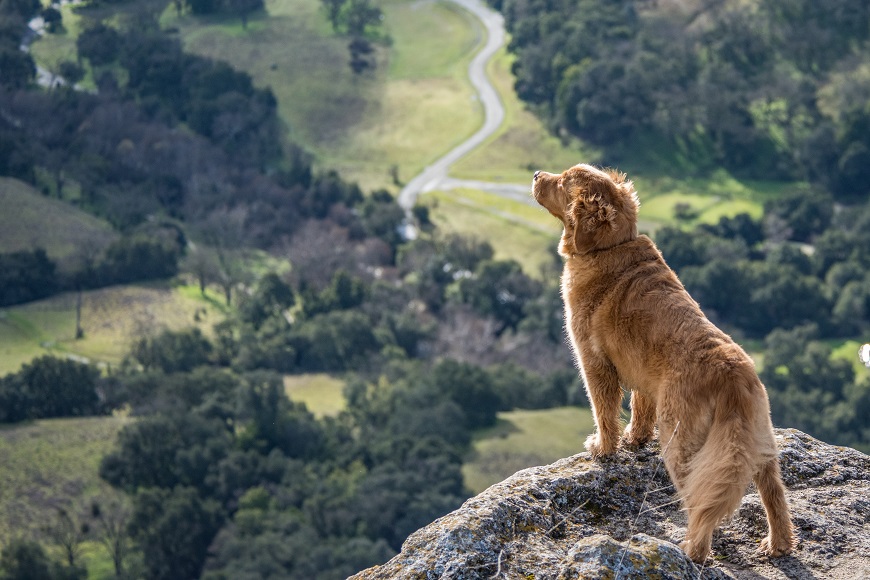
General feedback is rarely helpful, especially with photography.
When critiquing a photograph, be sure to give specific advice.
For example, in the photo above, explain a good photograph uses the rule of thirds to guide viewers to the subject and scenery.
You can tell the recipient that because they exercised the rule of thirds by placing the furry subject within the right third, you’re able to appreciate the value placed on the subject while also seeing the beautiful context of the surroundings.
Find balance

A balanced critique is crucial in sparking inspiration while also being mindful of the photographer’s intention.
After all, there is no right or wrong way to really go about things if you look from a creative license perspective, so keep in mind that feedback is intended to build the recipient’s skills and not to insult them.
Start conversations by telling the photographer their photograph has excellent lines and framing while also saying where they could improve by trying out different angles.
Get technical
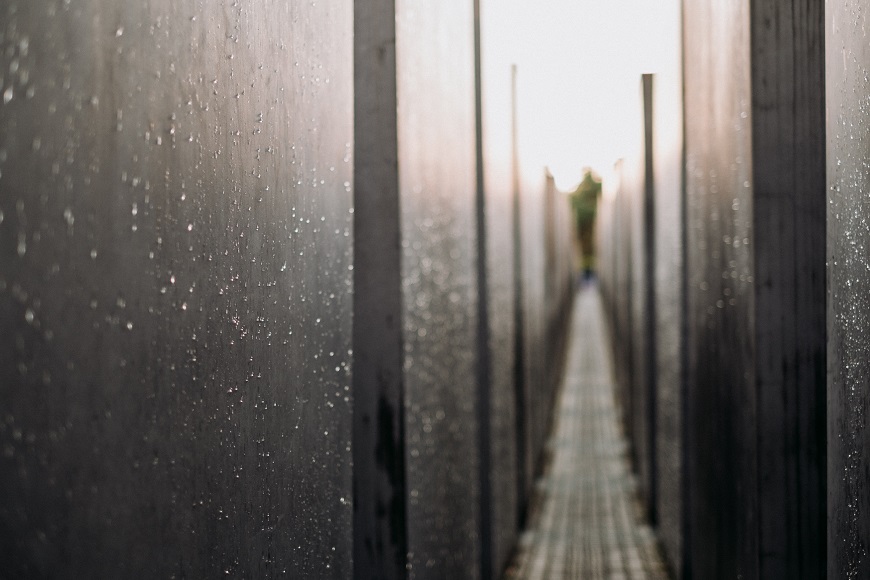
Solid photography feedback will focus on dissecting technical elements such as white balance, contrast, and so on vs. coming across as an opinion.
Take the photo above as an example.
This is an intentionally out-of-focus photo, but for the purposes of this article, let’s discuss where the photographer could improve.
Again, start with the positive!
This is a beautiful, artistic shot that’s rich with texture and linework.
However, the blurriness leaves a lot to the imagination, so tell the photographer they could improve the sharpness of the photo to give more context around the subject and setting.
Be curious

Keep in mind that all photographers use a technique based on their personal experience to tell the story they want.
While you may not understand their vision at first, by intricately assessing every element at work and asking questions, you can begin to better understand their creative work.
In landscape photography, sometimes multiple subjects are involved.
When you dissect a photographer’s work, be sure to consider what the photographer’s intentions may be and ask questions to learn more!
What story do you think the photographer is telling in the photo above?
Is the shoot focusing on the house or hoping the trees and scenic view will hold the viewer’s attention?
Use, but don’t abuse, leading lines

A common mistake made by amateur photographers is including too many leading lines in their own work, so you’ll want to avoid this as a photographer and also call it out if it’s present in others’ work.
Too many lines can overwhelm viewers and take away from the photographer’s artistic vision.
In the shot above, one could argue there are too many lines present.
And if you notice the same in the photo you’re evaluating, still make sure to point out the positive elements first.
For example, the shot above has a clear subject, good composition, and a thoughtful balance of colors.
However, the array of linework could lead viewers to feel inundated or possibly nauseous.
Focus on lighting
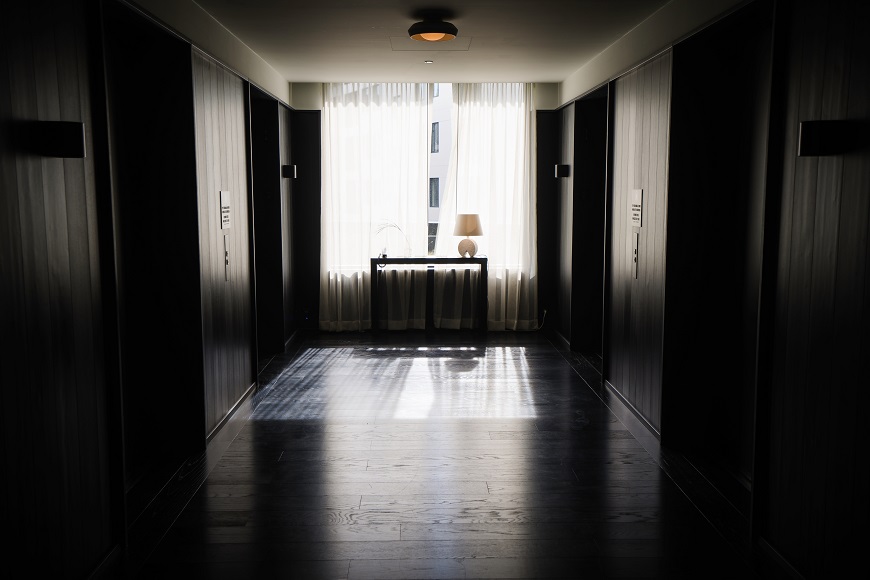
Different lighting styles can add drama and enhance the visual storytelling of a photograph.
Shadows, contrast, and good lighting make a huge difference in photo quality.
Does the photo you’re examining make good use of lighting to highlight details?
Is too much light present? If there aren’t many shadows, the image may appear flat.
Be sure to take note of how well the photographer uses light, exposure, and more to tell their story.
Give the feedback you’d want to receive

As a photographer, you should never just dish out feedback without getting some back.
Sharing your photos and getting thoughtful suggestions for improvement is paramount to your career and skillset.
For this reason, a general rule of thumb would be to give the kind of feedback you’d want to receive.
If you feel like you struggle with post-processing, but sure to analyze that in others’ photos to see where they could improve.
Conversely, call out masterful post-processing when you see it.
Start discussions

It’s possible that even when giving specific feedback, the photographer you’re working with may have questions.
Online photography communities are great for starting conversations, especially with photography critiques.
When you provide feedback, encourage the recipient to ask questions and be curious in the same way you would within your feedback.
Look at the suggestion above from a Reddit user, which both offers solutions and compliments the photo’s key elements.
This kind of feedback is what makes photographers comfortable both giving and receiving photo suggestions.
Be respectful

This should go without saying, but being respectful is a vital part of photography feedback.
Most online forums have set rules for engaging and posting, so make sure you take time to get familiar with all that.
On Reddit, you’ll see one of the rules explicitly says to “Be nice!” to keep conversations smooth and friendly.
A Photo Critique Example

If you’re still feeling unsure of how to critique a photo, don’t worry!
We’re going to have fun with a sample critique in just a minute.
Let the structure below be your guide next time you go to critique a photograph.
Remember to include the photographer’s name and the title of their work at the top of your feedback.
Positive elements:
Composition: The rule of thirds is present in the composition, which creates a visually pleasing flow.
Leading lines: The horizontal leading line of the sidewalk is balanced out nicely with the vertical lines of the door, trim, and shutter.
Balanced colors: The richness of the green door and shutters above is not only striking but also carefully balances out the muted tones of the building and the neutral colors of the cat.
Shadows: The shadows from the shutters add a pleasant sense of artistic drama to the image.
What could improve:
Context: Seeing more of the scene around the subject would add both context and visual interest.
Post-processing: The photo could potentially benefit from some post-processing to make the contrast and colors a bit more vivid. Be sure not to overdo it editing in order to maintain a natural look.
Ultimately, this captivating photo is a good representation of clean composition, contrast, and unique storytelling.
Keep the surrounding scene in mind for future photos to show the interaction between subjects and the background and enhance overall storytelling to take your photography to the next level.
Where Can I Get a Photo Critique?

If you decide to get some feedback on your own photographs, there are tons of platforms worth trying!
Whether you want a free way to receive feedback or want to book a session with a professional, there are options out there for every budget and every preference.
Here are some of my favorite platforms for photography critiques:
- Reddit is a great starting point for a photography critique because of its diverse community and visibility.
- The Digital Photography School is another excellent resource for getting feedback on your own photographs. Simply create an account and upload your photos to receive feedback that can hone your photography skills.
- Professional Photo Critique is another great choice if you’re looking for photo feedback. Whether you’re a landscape photographer or an architecture photographer, you’ll soon be on the way to improving the artistic aspects of your own photos.
- 1x is another top choice for receiving feedback on the technical skill of your photos. Whether you want to learn how to shoot better portraits or simply want to learn more about the technical elements of photography, 1x is a superb resource.
- The Photo Society is another awesome website to consider using if you’re seeking photo feedback. Allowing you to submit up to 50 pictures for review upon booking a 70-minute session, with The Photo Society, you’ll get remarkably detailed critiques from industry experts.
The list above is a great starting point, but there are so many resources out there to consider, so I encourage you to continue exploring to find the community that feels right to you.
Now that you know the best platforms for giving and receiving photo feedback, let’s cover some quick things to keep in mind upon submitting a photo for review:
- Keep an open mind: It may feel vulnerable to put your artistic work up for display, but most people want to help you get better, which will be reflected in their feedback.
- Give context: If you had a specific vision or goal in mind, make sure you share that with the community you’re interacting with. This can help foster a deeper sense of understanding while also helping them to better frame their feedback.
- Ask questions if you’re unclear: There’s no harm in asking your fellow photographers to expand on their thoughts! This will ensure the clear communication you need to effectively apply feedback and enhance your work.
- Don’t take feedback personally: Photography critiquing is about your photos, not you. Remember that feedback will be useful in elevating your photo, so don’t lose sleep over any of the comments.
- Apply and improve: When you apply carefully crafted feedback to your photos, you’ll become more comfortable experimenting and even more comfortable getting friends and fellow photographers to review your work.







